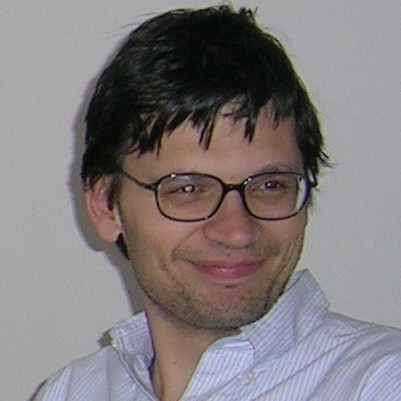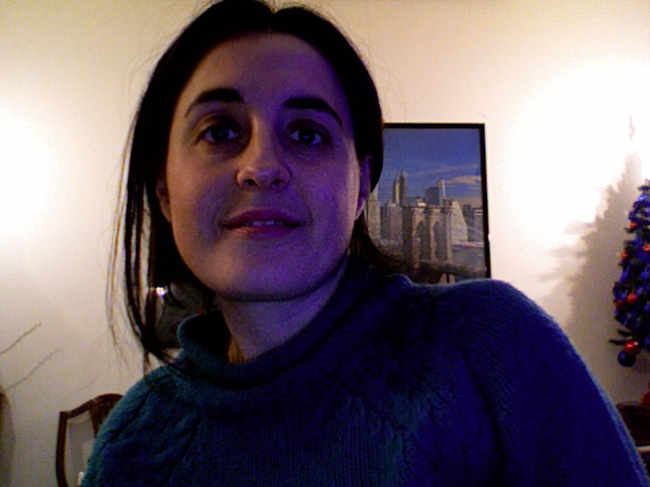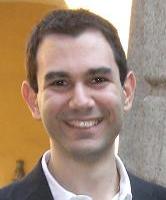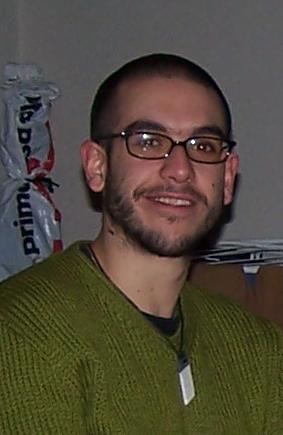Team:UNIPV-Pavia/Team
From 2008.igem.org
| Line 98: | Line 98: | ||
== '''Where we're from''' == | == '''Where we're from''' == | ||
| + | |||
| + | Our institution is one of the oldest universities in Europe and the oldest one in Lombardy. Since its foundation in 1361 it has been a good place to study for both Italian and foreign students. | ||
| + | |||
| + | Each year, thousands of students can appreciate the multidisciplinary vocation of our University and the hospitality of its campus, really unique in Italy for the possibility it offers of living and studying in a lively, intellectually challenging environment. | ||
| + | |||
| + | Our aim is to encourage our students’ creativity, enhancing their capacity to engage with the great challenges of our society. | ||
| + | |||
| + | We set out to obtain this goal by offering a wide academic curriculum, by increasing our international policy and through the outstanding quality of our research. | ||
{|align="center" | {|align="center" | ||
|[[Image:pavialocation.jpg|300px]] | |[[Image:pavialocation.jpg|300px]] | ||
|} | |} | ||
| + | |||
| + | The University of Pavia today: | ||
| + | 3 hospitals | ||
| + | <br> | ||
| + | 9 faculties | ||
| + | <br> | ||
| + | 15 colleges | ||
| + | <br> | ||
| + | 20 master degrees | ||
| + | <br> | ||
| + | 35 libraries | ||
| + | <br> | ||
| + | 49 departements | ||
| + | <br> | ||
| + | 54 specialization schools | ||
| + | <br> | ||
| + | 104 degree couses | ||
| + | <br> | ||
| + | 310 exchange relationships over the world | ||
| + | <br> | ||
| + | 1.120 professors | ||
| + | <br> | ||
| + | 1.600 study grants | ||
| + | <br> | ||
| + | 4.000 graduated each year | ||
| + | <br> | ||
| + | 23.000 students | ||
Revision as of 17:36, 20 October 2008
Who we are
|
Instructors:
|
|
What we did
Paolo Magni and colleagues wanted to introduce Biomedical Engineering students into Synthetic Biology. So, he decided to get some information from Bologna University colleagues Silvio Cavalcanti and Francesca Ceroni, who already worked in this field. At the beginning of 2008 Paolo Magni visited Bologna University labs, located in Cesena, to understand what kind of wet lab resources were necessary to develop a Synthetic Biology project and the iGEM competition seemed to be the right opportunity to start a project. Because Engineering faculty in Pavia had not the required facilities, it was necessary to involve Maria Gabriella Cusella, who leads a Molecular Biology lab in a structure that already worked with Engineering faculty (Center for Tissue Engineering). Then they started selecting students to build up the iGEM team. They chose one Biomedical Engineering master student, Lorenzo Pasotti, one Molecular Biology master student, Mattia Quattrocelli, and a lab advisor, Daniela Galli. In the first weeks of April, Lorenzo trained Mattia about Digital Electronics principles and mathematical modeling. In the meanwhile, Mattia trained Lorenzo about wet lab work. The training included a presentation of all the lab instrumentation, basic Microbiology and Molecular Biology protocols and safety issues. These activities allowed the two students to learn the preliminary skills to start a multidisciplinary collaboration and then they started to get information from literature and from the Registry, to understand what kind of original device they could design. After some weeks they two chose a project and, after some meetings with the other team members, they begun project implementation when Spring 2008 DNA Distribution arrived. The two students worked together in lab to build up and test the designed devices. They also organized periodic meetings with the team instructors to discuss about project progress. Daniela Galli supervised students' wet lab activity and was always ready to help to solve specific biological problems. During our activities, we found very useful to keep in touch with Bologna iGEM Team to share doubts and issues about the work at the bench. In particular, several conference calls were organized and two meetings were scheduled in Pisa and Bressanone (Italy). It was fundamental to compare lab protocols and techniques to help each other avoiding mistakes and speeding up project progress. The main topics of our discussion were the optimization of plasmid resuspension and ligation reaction steps.
Where we're from
Our institution is one of the oldest universities in Europe and the oldest one in Lombardy. Since its foundation in 1361 it has been a good place to study for both Italian and foreign students.
Each year, thousands of students can appreciate the multidisciplinary vocation of our University and the hospitality of its campus, really unique in Italy for the possibility it offers of living and studying in a lively, intellectually challenging environment.
Our aim is to encourage our students’ creativity, enhancing their capacity to engage with the great challenges of our society.
We set out to obtain this goal by offering a wide academic curriculum, by increasing our international policy and through the outstanding quality of our research.
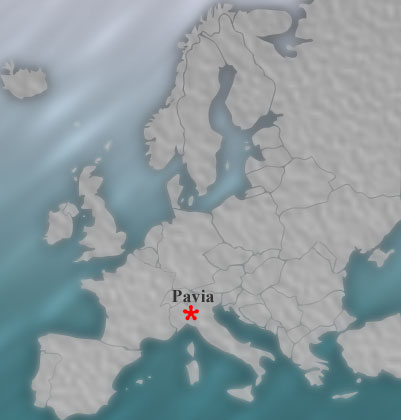
|
The University of Pavia today:
3 hospitals
9 faculties
15 colleges
20 master degrees
35 libraries
49 departements
54 specialization schools
104 degree couses
310 exchange relationships over the world
1.120 professors
1.600 study grants
4.000 graduated each year
23.000 students
 "
"

